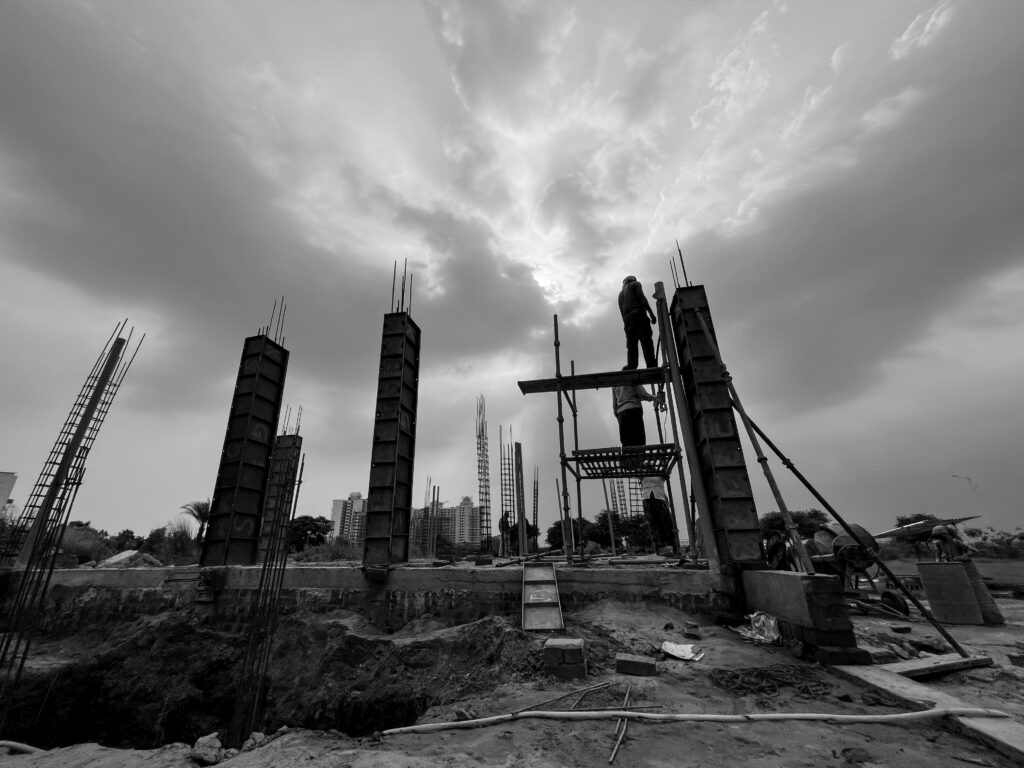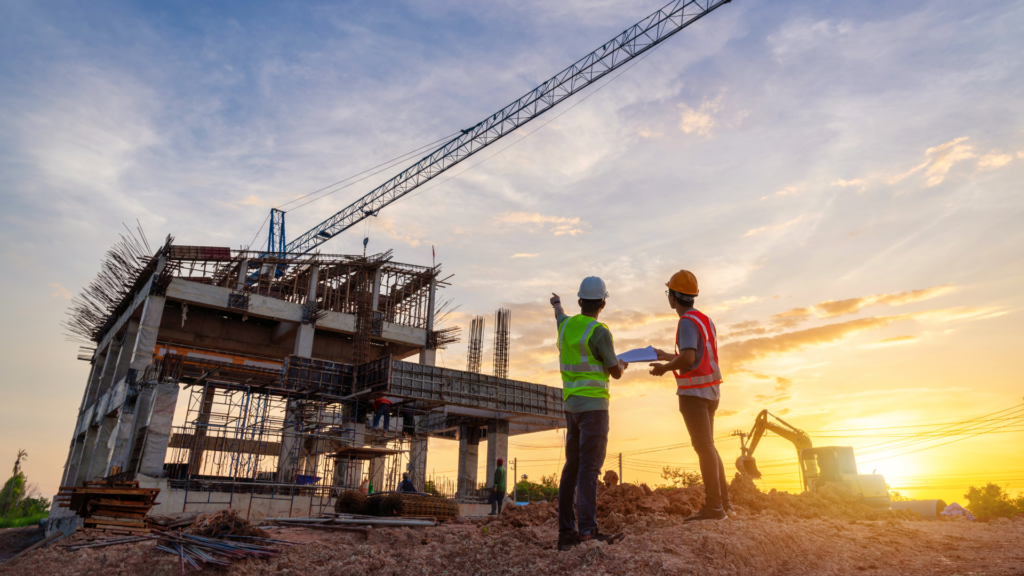5 Must-Know Tips for Construction Site Monitoring

That’s why you must know the best practices and tips for effective construction site monitoring. This article will share 5 tips to help you monitor your construction site like a pro.
Tip 1: Regular Site Inspections

One example is the construction of a new hospital tower at Ohio State University. This project began in 2018 and is expected to conclude in 2026. Regular inspections were highlighted when a crack was discovered in a concrete column supporting the hospital’s roof. Thanks to the proactive monitoring, a repair plan was promptly implemented and completed within days. This swift action ensured minimal disruption to the project’s progress. Such vigilant monitoring safeguards the construction process and enhances overall project outcomes and stakeholder satisfaction. Want to delve deeper into this story? Read more here
Tip 2: Effective Communication

A project can quickly fall apart without clear and open communication among all stakeholders. Effective communication can help to:
Build trust and rapport among team members, clients, and other parties involved in the construction.
Clarify expectations, roles, and responsibilities for everyone involved in the project.
Prevent misunderstandings, conflicts, and errors that can lead to costly delays or rework.
Facilitate feedback, collaboration, and problem-solving among project participants.
Keep everyone informed of the project status, progress, and changes.
Effective communication plays a critical role in construction projects. According to the Project Management Institute (PMI), 56% of project delays are linked to communication issues. Additionally, the Construction Industry Institute (CII) highlights that poor communication contributes to around 48% of rework costs in construction projects..
Tip 3: Data-Driven Decision Making

Reduce uncertainty and risk by providing evidence-based information
Improve accuracy and quality by eliminating guesswork and errors
Increase efficiency and productivity by optimizing workflows and processes
Enhance communication and collaboration by sharing data and insights among stakeholders
Support innovation and creativity by discovering new opportunities and solutions
As per the McKinsey Global Institute findings, organizations driven by data insights in their decision-making are 19 times more likely to achieve profitability. Additionally, they have a 6 times advantage in retaining customers and are 23 times more successful in attracting new ones.
Tip 4: Technology Integration

-
Get accurate and real-time data on the site conditions and progress, such as topography, exploration, and monitoring.
-
Track and manage the site’s materials, equipment, and labor resources and optimize their allocation and utilization.
-
Analyze and visualize the data using dashboards, reports, and charts, and gain insights and understanding of the project performance and quality.
-
Share and communicate the data and insights with the stakeholders via laptop or mobile devices and enhance the collaboration and coordination among them
Charis Analytics is a game-changer for the construction industry, as it helps improve project outcomes and stakeholder satisfaction. Using this centralized platform, you can also reduce stress and speed up project completion. Read more about Charis Analytics here.
Tip 5: Continuous Improvement
Continuous improvement is constantly learning and adapting to the changing needs and challenges of the construction industry. Continuous improvement involves the evaluation, feedback, and improvement of the construction processes and practices, as well as the personal and professional development of the construction team.
Continuous improvement helps to:
Identify and correct any gaps or weaknesses in the construction process and performance
Incorporate and implement any new ideas or best practices in the construction activities
Enhance and update the skills and knowledge of the construction team
Foster a culture of excellence and innovation in the construction team
Achieve and maintain the highest standards of quality, safety, efficiency, and compliance in the project
Tip 1: Regular Site Inspections: Conduct consistent site inspections to identify and resolve any potential issues early on
Tip 2: Effective Communication: Communicate clearly and openly with all the stakeholders to ensure alignment and collaboration
Tip 3: Data-Driven Decision Making: Use data to guide and inform your site monitoring decisions and actions
Tip 4: Technology Integration: Adopt and use various technologies and systems to enhance and automate your site monitoring activities
Tip 5: Continuous Improvement: Constantly learn and adapt to the changing needs and challenges of the construction industry
These tips are helpful, practical, and vital for successful construction site monitoring. Following these tips, you can monitor your construction site like a pro and ensure that your project meets your expectations and goals.


